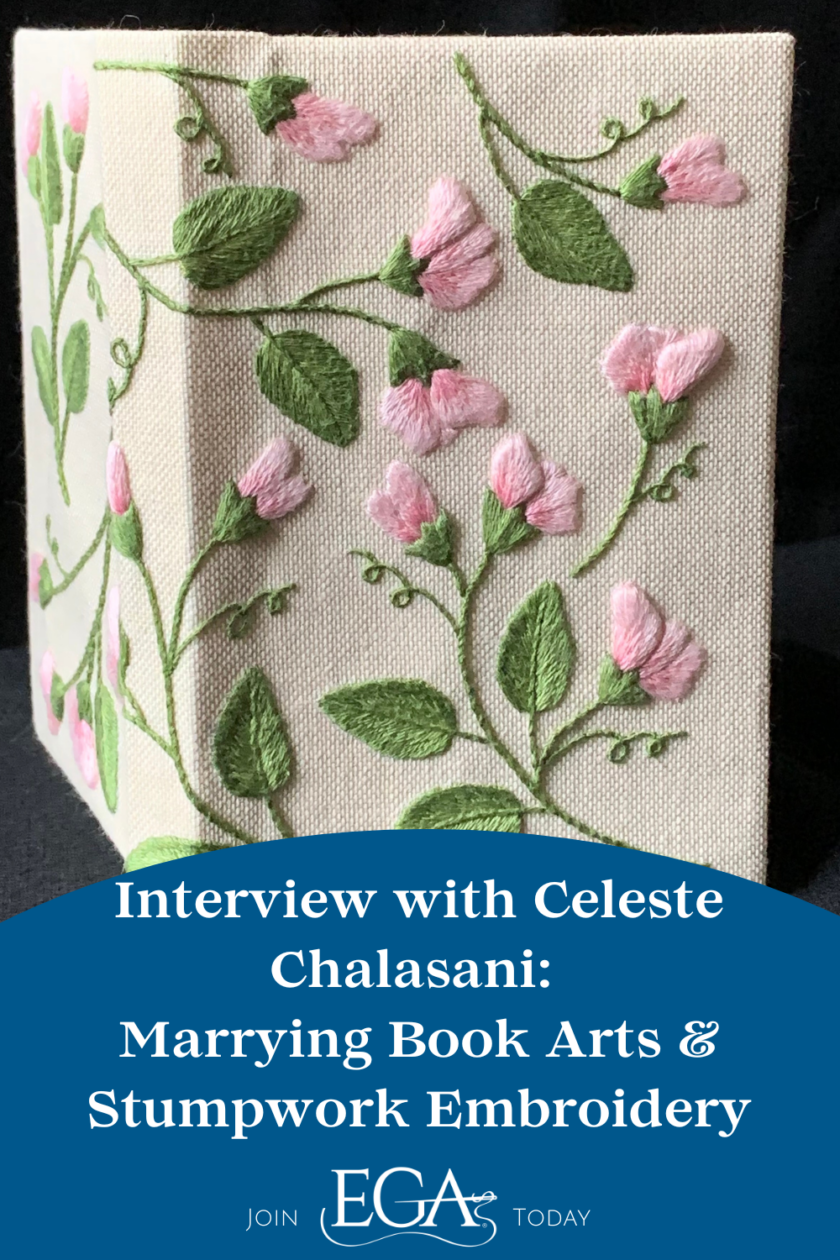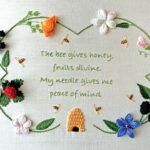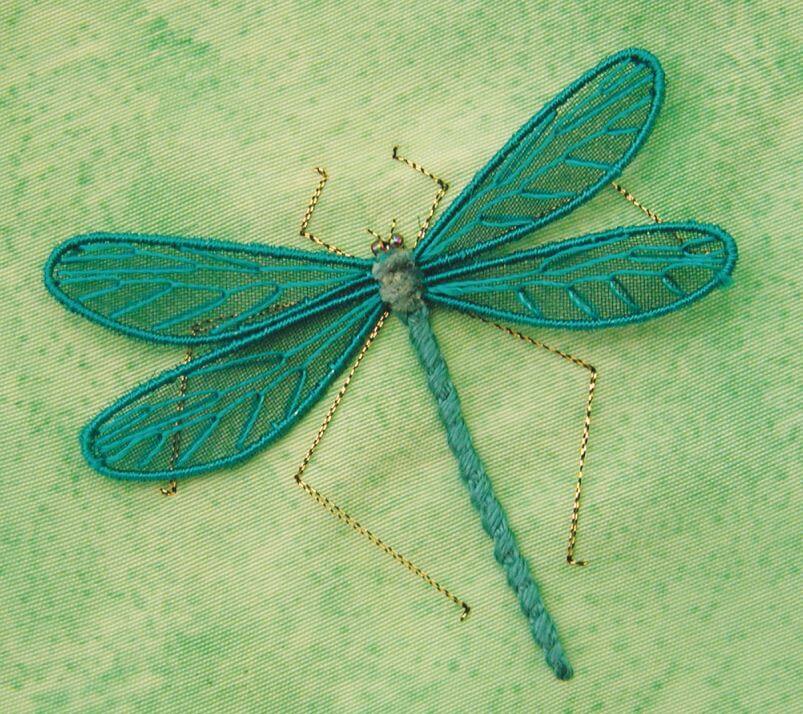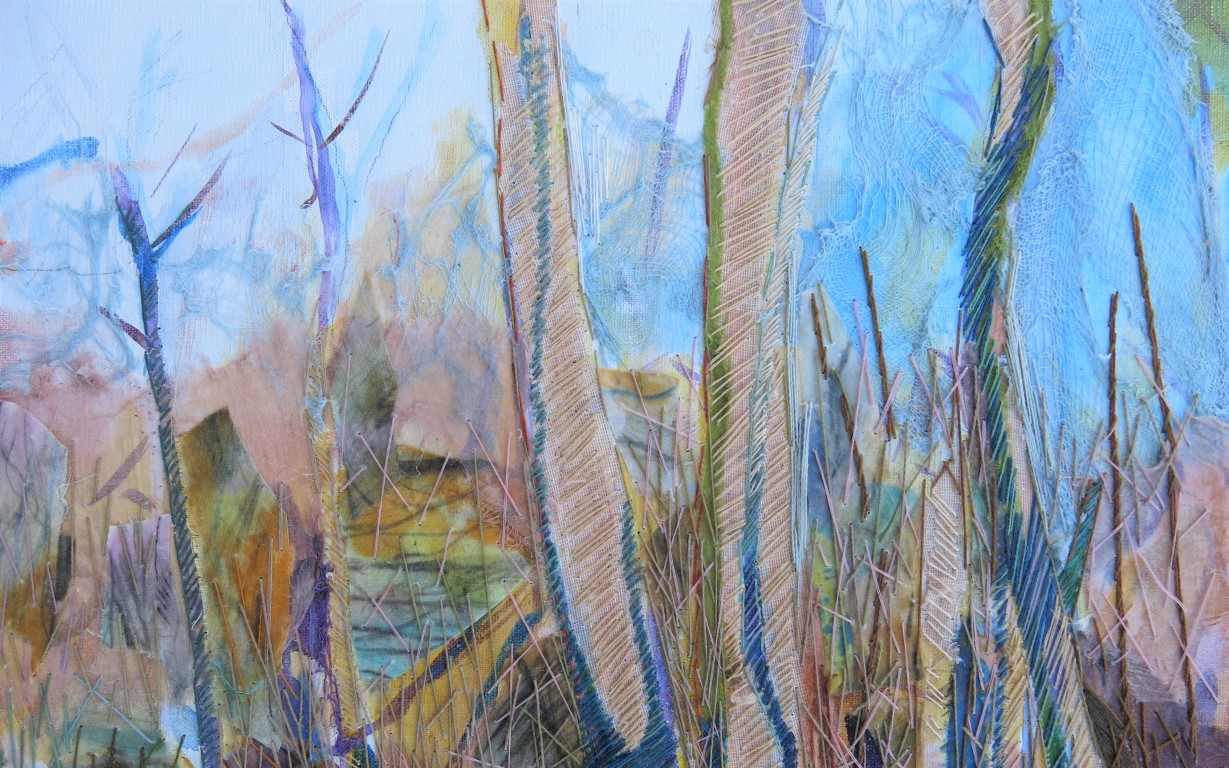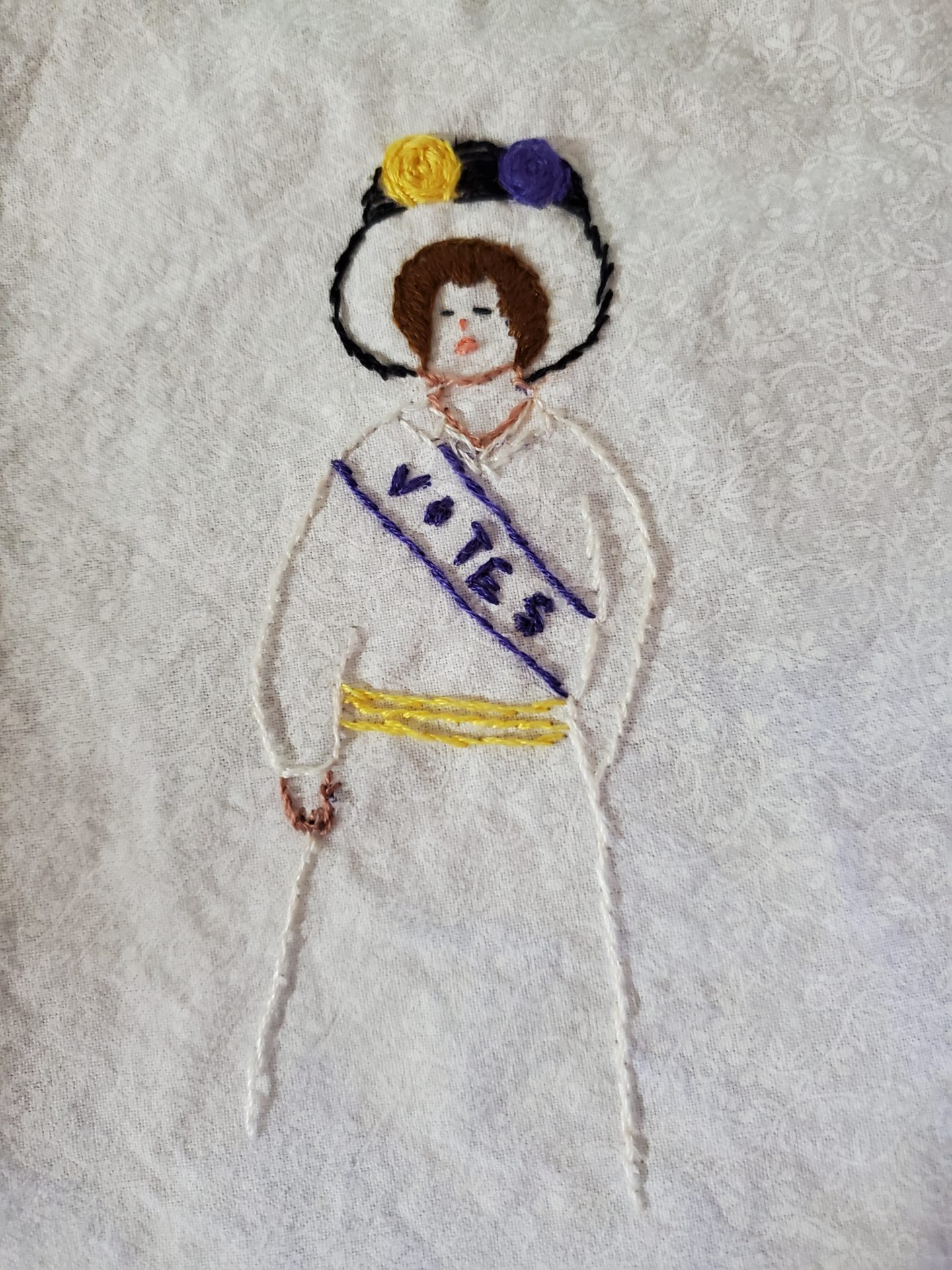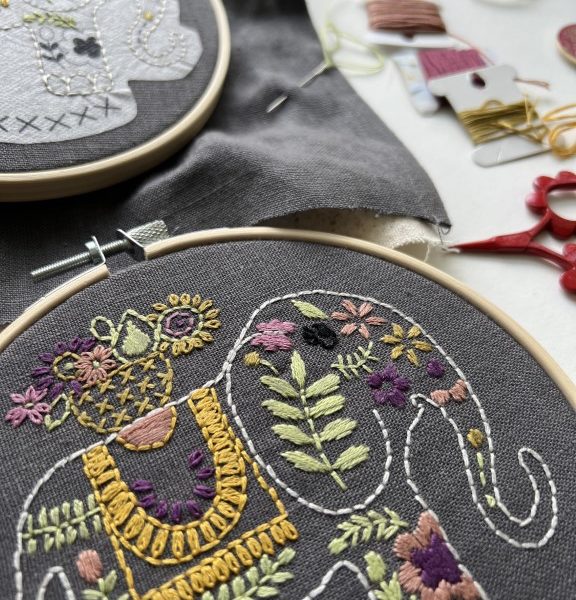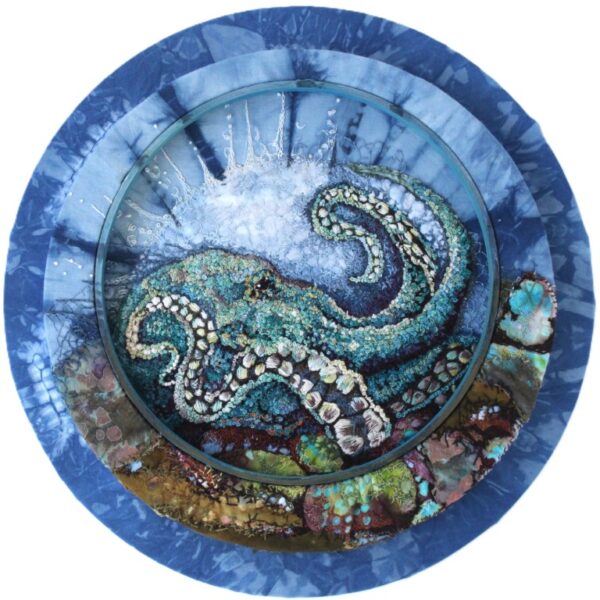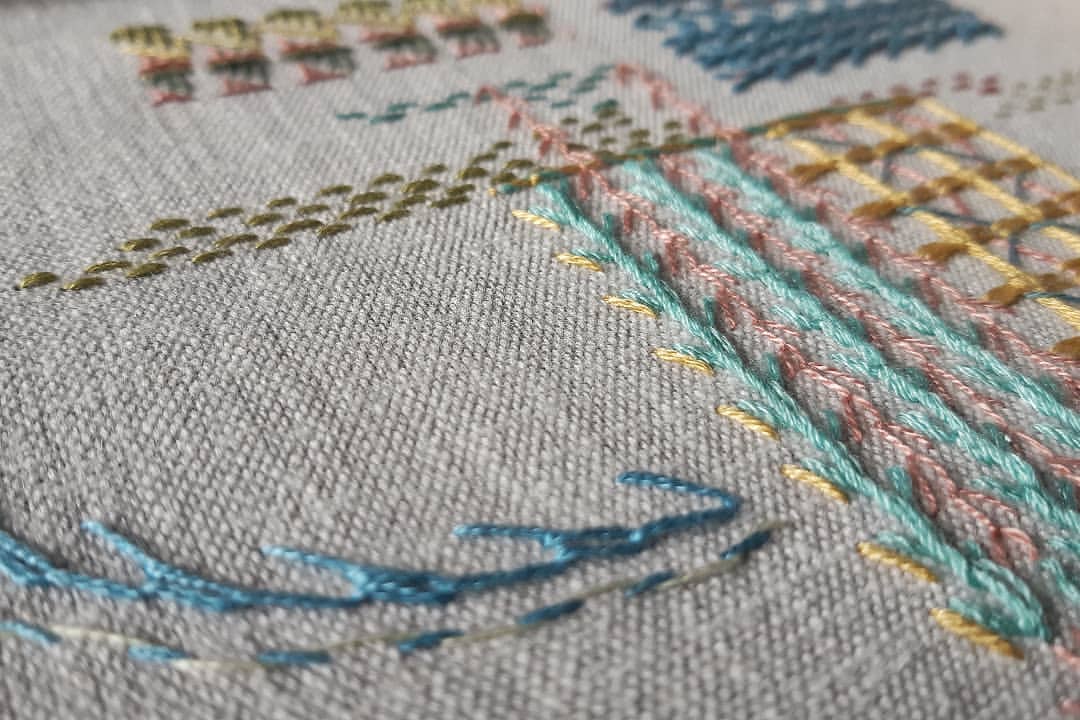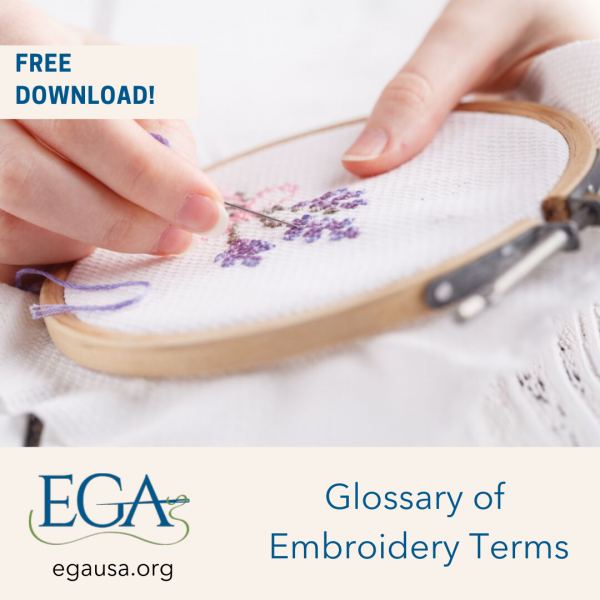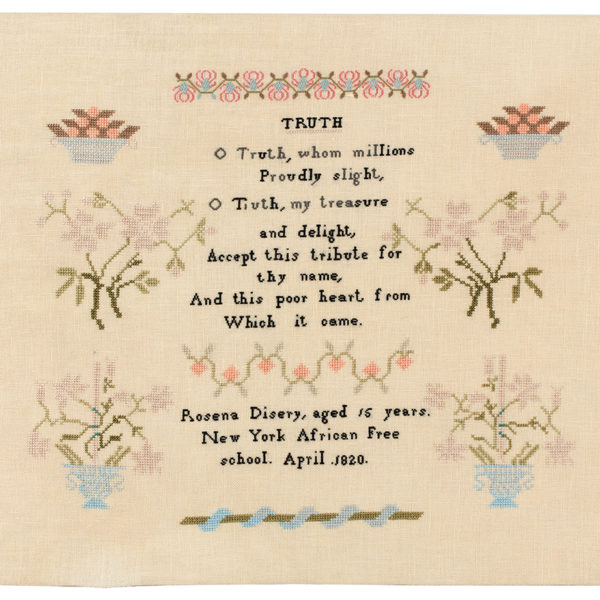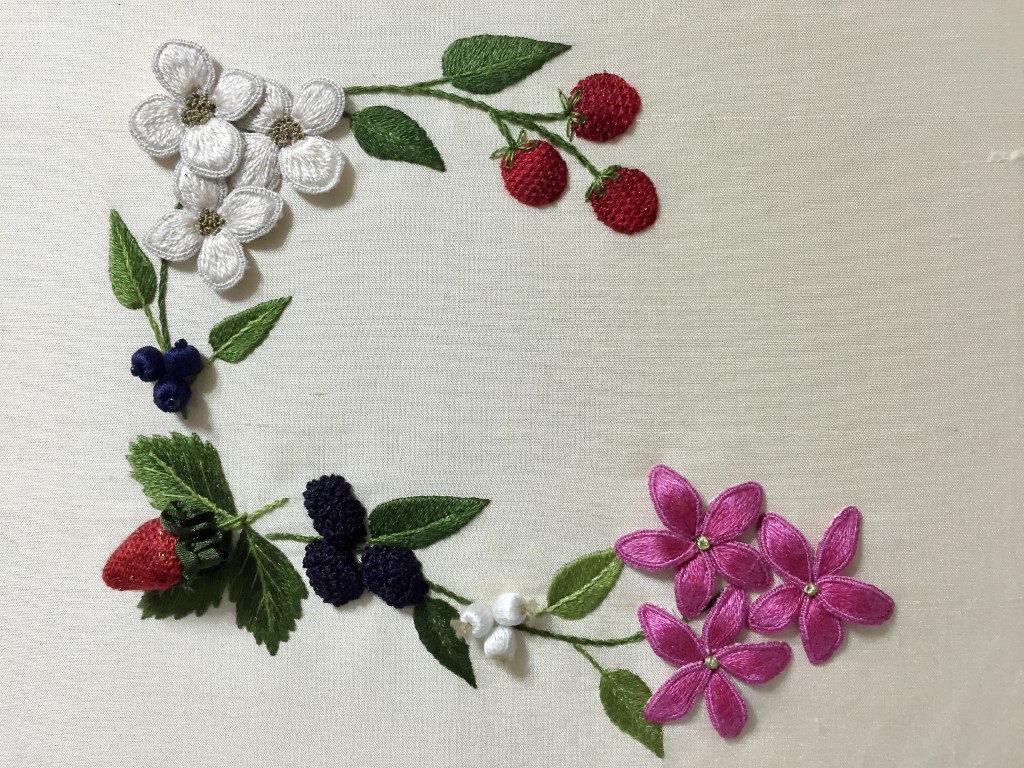
Celeste Chalasani has been an EGA member since 1999. Through years of study that included engaging multiple Group Correspondence Courses, Independent Correspondence Courses, online courses, national seminars, and other events, Chalasani has become a Stumpwork specialist. Quite literally, the student became the teacher, as Chalasani now regularly leads Stumpwork courses for EGA and National Seminar. We sat down with Celeste this month to learn more about how she combines the art of book bining and Stumpwork embroidery.
You are a Stumpwork specialist, a graduate of the National Academy of Needlearts Teachers’ Certification program specializing in Stumpwork. Does Stumpwork intersect with book art and book binding techniques? Did you find an overlap in skills and knowledge?
The challenge for me has been to find what Stumpwork techniques work in which ways. If you’re creating an art book, then certainly you can use wired slips, but if you’re creating a book that will be handled and used, you have to think about the elements you use and where you place them.
I think the biggest overlap is attention to detail. In both mediums, you work towards precision, whether it’s stitching small Buttonhole Stitches over wire or cutting, folding, and gluing papers. The more meticulous you are in both crafts, the better your projects will turn out.
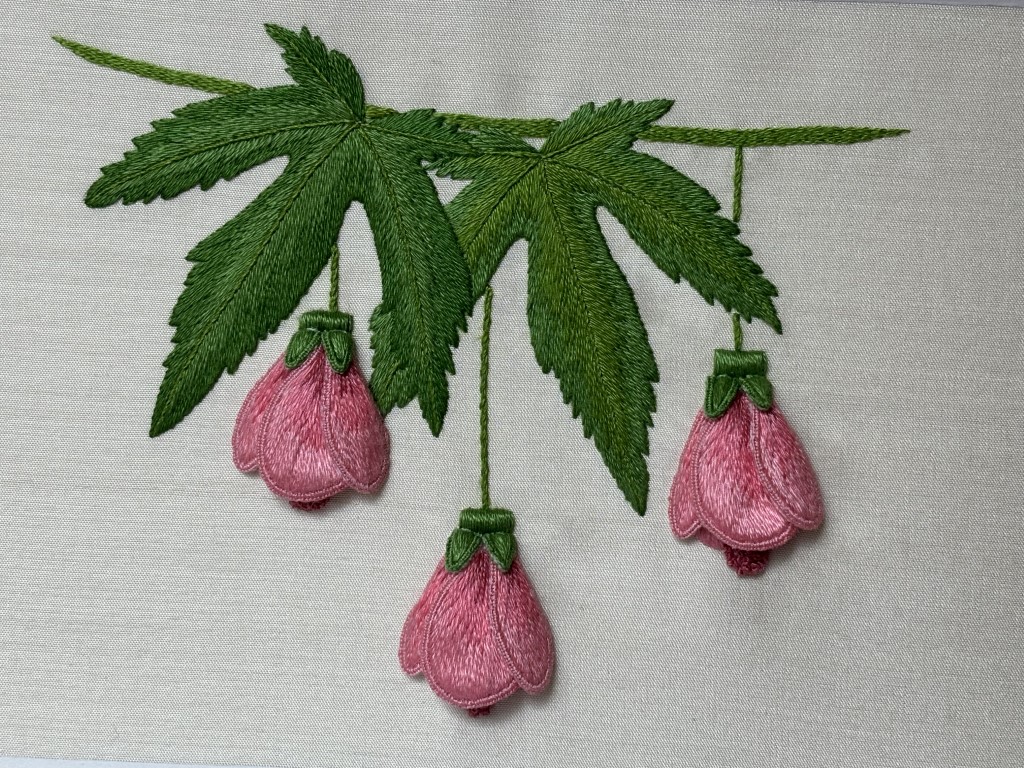
What is it about Stumpwork in particular that drew you to this embroidery technique?
In the beginning, what drew me to Stumpwork was how realistic it looked. I fell in love with Stumpwork after finding Jane Nicholas’s first books. Jane very carefully designs her pieces to appear lifelike, down to making sure that her flowers are shaded impeccably and her insects have all the correct appendages. Later, when I began designing my own Stumpwork pieces, I was drawn to the puzzle, to the question of how do you create a flower with an unusual shape. Trying to achieve the same perfection that Jane creates in my own designs has kept me inspired for nearly 15 years.
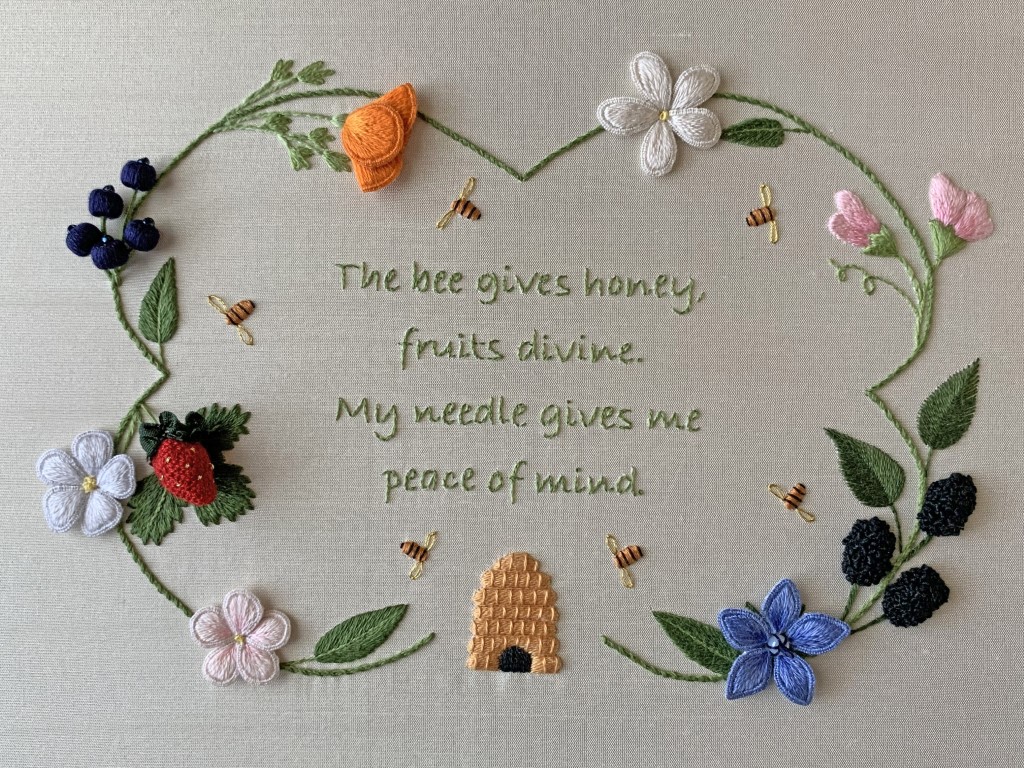
What inspired you to connect embroidery techniques with book binding techniques?
As an artist, you have to continuously push yourself so that you don’t become stagnant. I think connecting these two crafts that I love was just a natural progression of my art.
Do you have any favorite tools you can’t live without?
My favorite bookbinding tools are a heavy brass triangle by Jeff Peachey and a corner cutting tool by Colorway Arts that’s used for mitering corners.
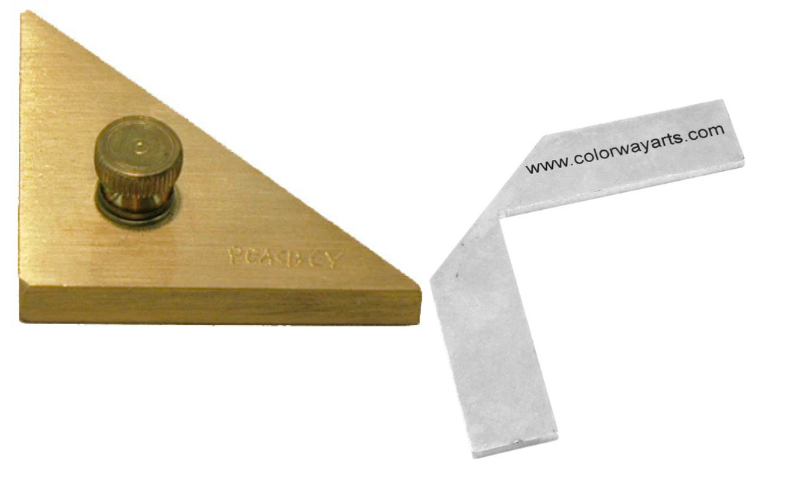
Do you have a daily/weekly practice that you’d recommend to other embroiderers and book artists interested in honing their craft?
The best advice I can give is to just keep creating. I embroider or work on books every afternoon. The more you do, the easier it gets and the better you get at it.
I also recommend that you find a theme to work on every month and focus your work towards that theme. NORBAG (North Redwoods Book Arts Guild) does a monthly themed book exchange. On Instagram, #areyoubookenough is similar. It can be difficult to come up with ideas for content and having a theme to work towards helps me get past artist blocks.
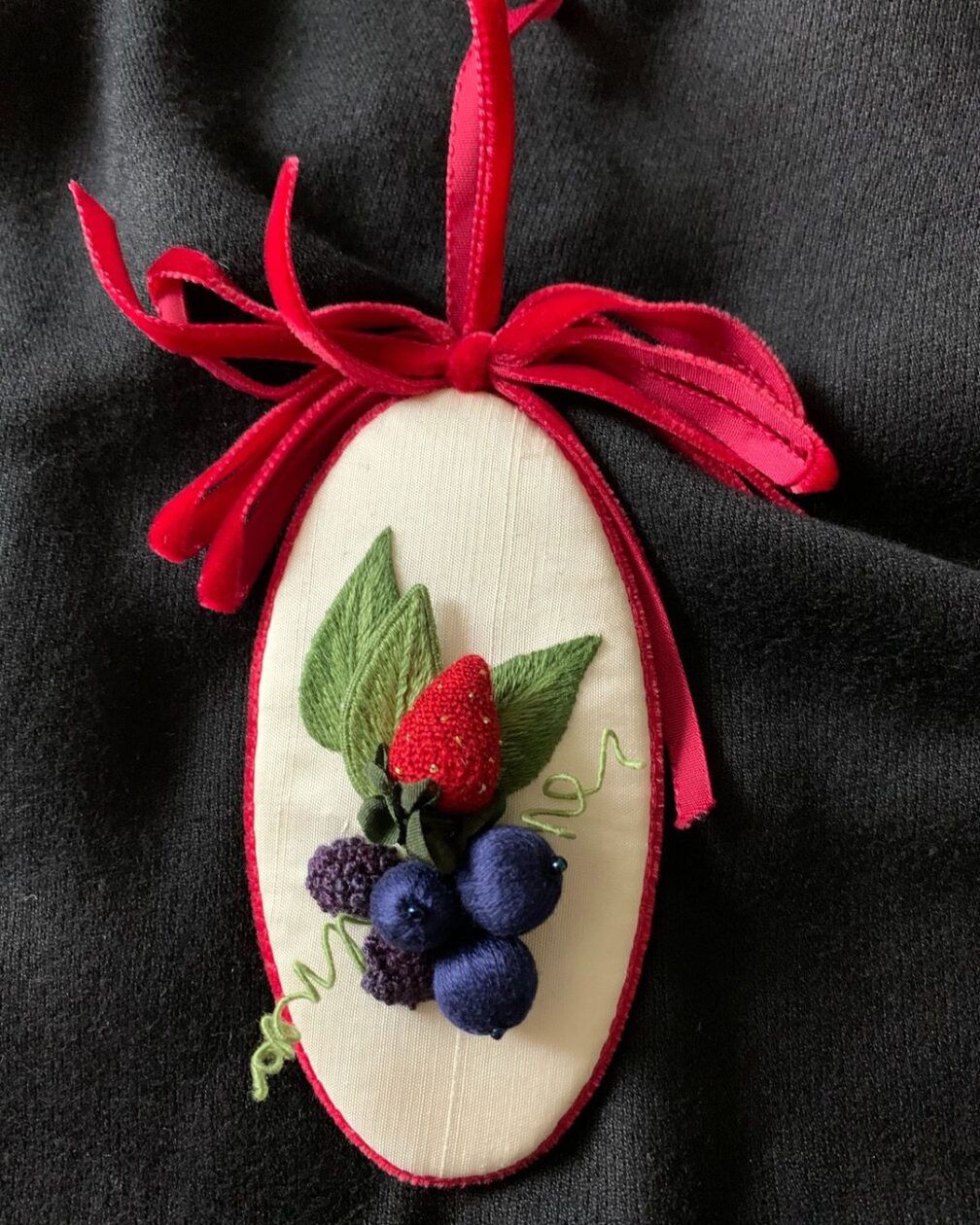
What crafting or color trends (if any) are you drawn to right now?
I’ve always designed contemporary pieces. What I’m particularly drawn to right now is the idea of designs that wrap around the cover of a book such as my “Sweet Pea Journal”. After years of working with bright, vibrant colors, I’m also finding myself leaning towards pastels again.
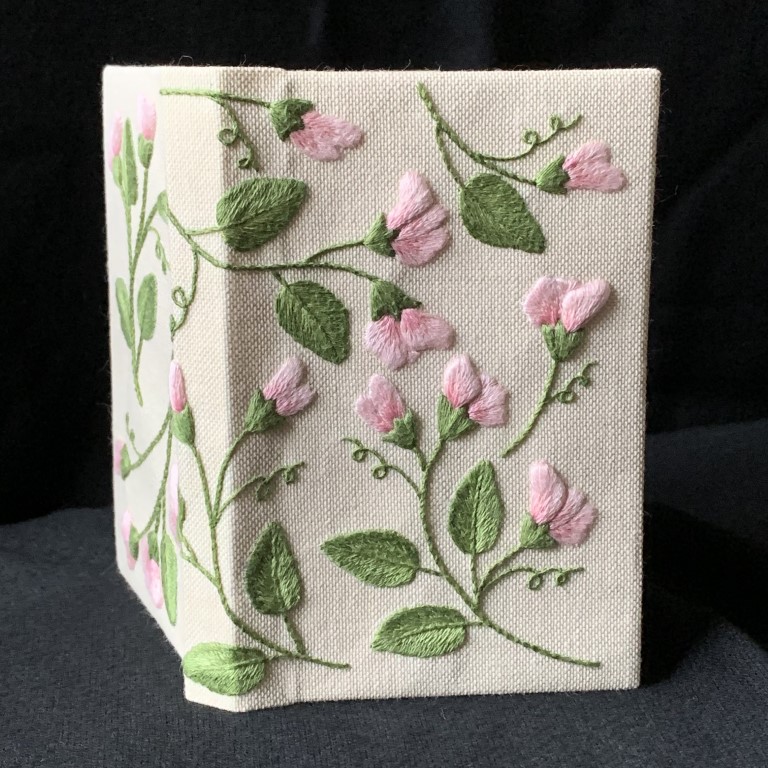
What do you hope stitchers take from your virtual lecture?
Don’t be afraid to try something new, whether it’s a craft you’ve never done before or mixing together things you love. What’s the worst that can happen? It doesn’t always work out (i.e. me and knitting) but there’s joy in finding skills and strengths you didn’t know you had.
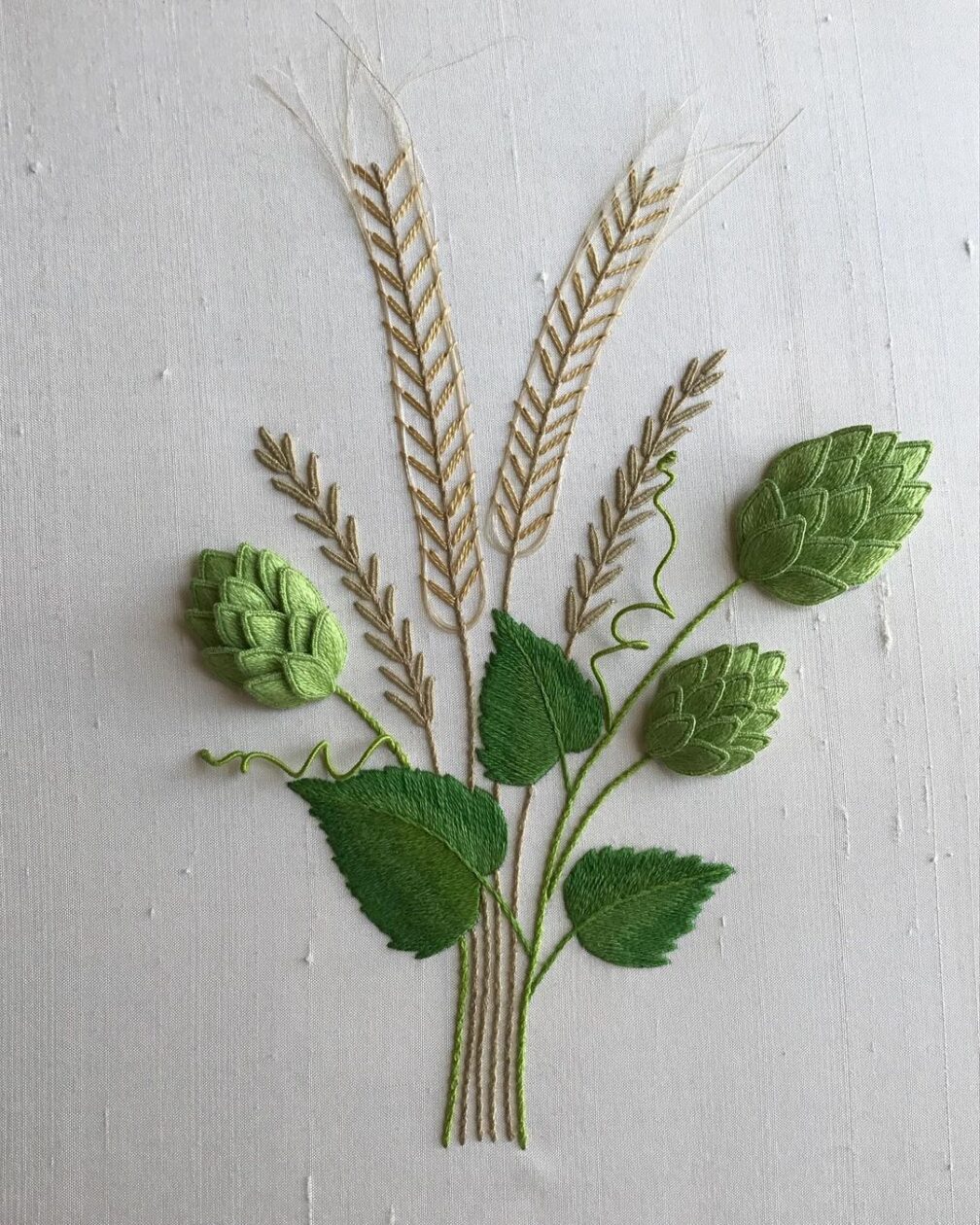
Your virtual lecture is called “Pushing Boundaries: Embroidery + Book Arts.” How does uniting these two art forms push boundaries?
When I started on this journey, I asked myself “is it still Stumpwork if your background fabric isn’t fabric?” That question inspired my book “In My Garden” which uses photos printed on brochure paper as my backgrounds.
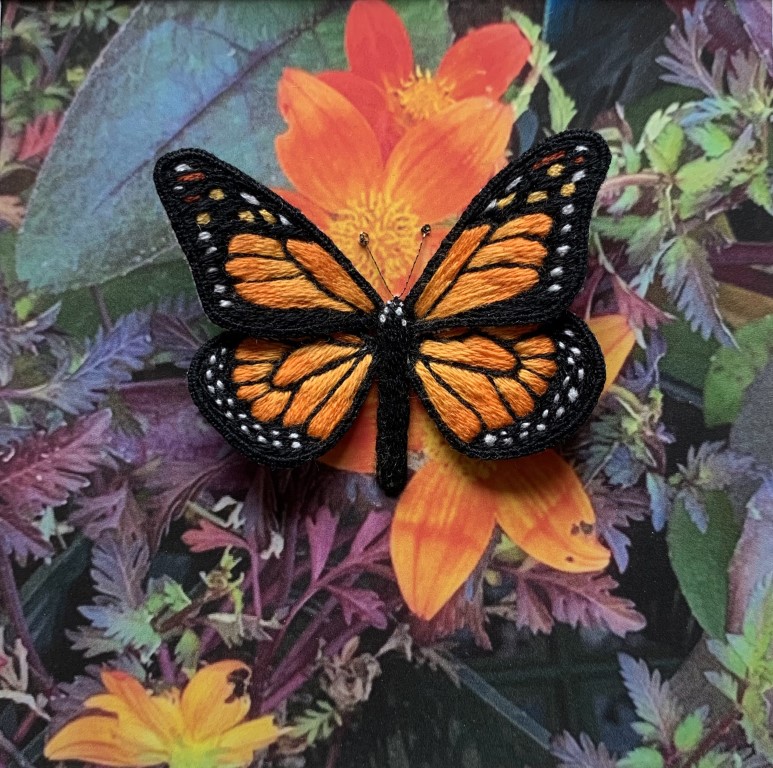
I soon found in my art practice that followed this, I was using nontraditional embroidery materials in nontraditional ways. Recognizing that it was ok to color outside the lines was freeing, and let me create in ways that I didn’t know was possible.
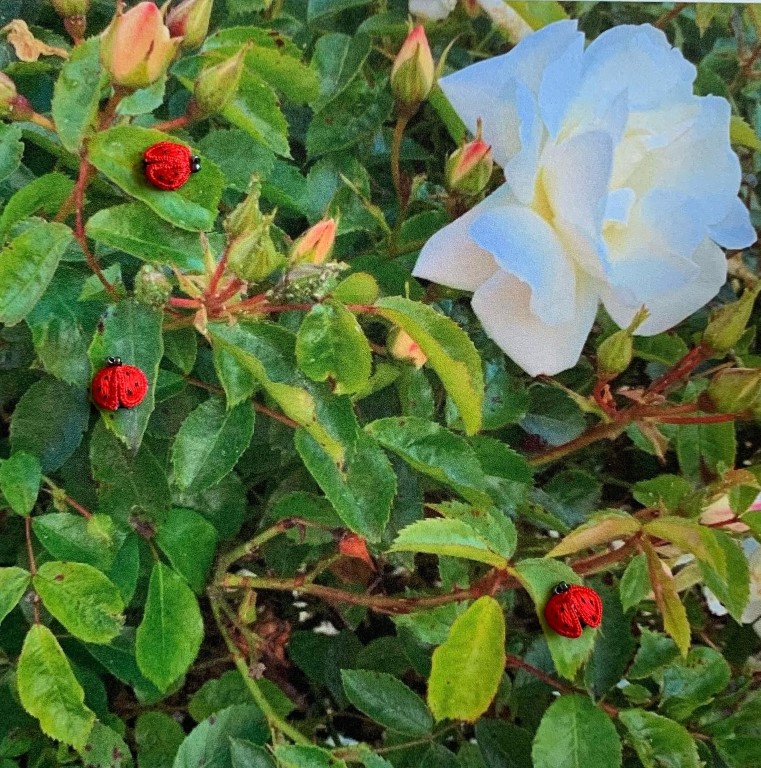
What is your favorite piece of advice about book art and book binding?
Measure twice, cut once.
Do you have any book art projects or events coming up we should keep an eye out for?
I will be teaching at the 2025 Newport Paper and Book Arts Festival in Newport, Oregon, April 10-12, 2025. I have two classes: “Wheel of Light,” which combines embroidery on paper and bookbinding, and “Embroidered Bindings,” where I’ll teach students how to use basic non-adhesive bookbinding techniques using surface embroidery stitches to create unique journals.
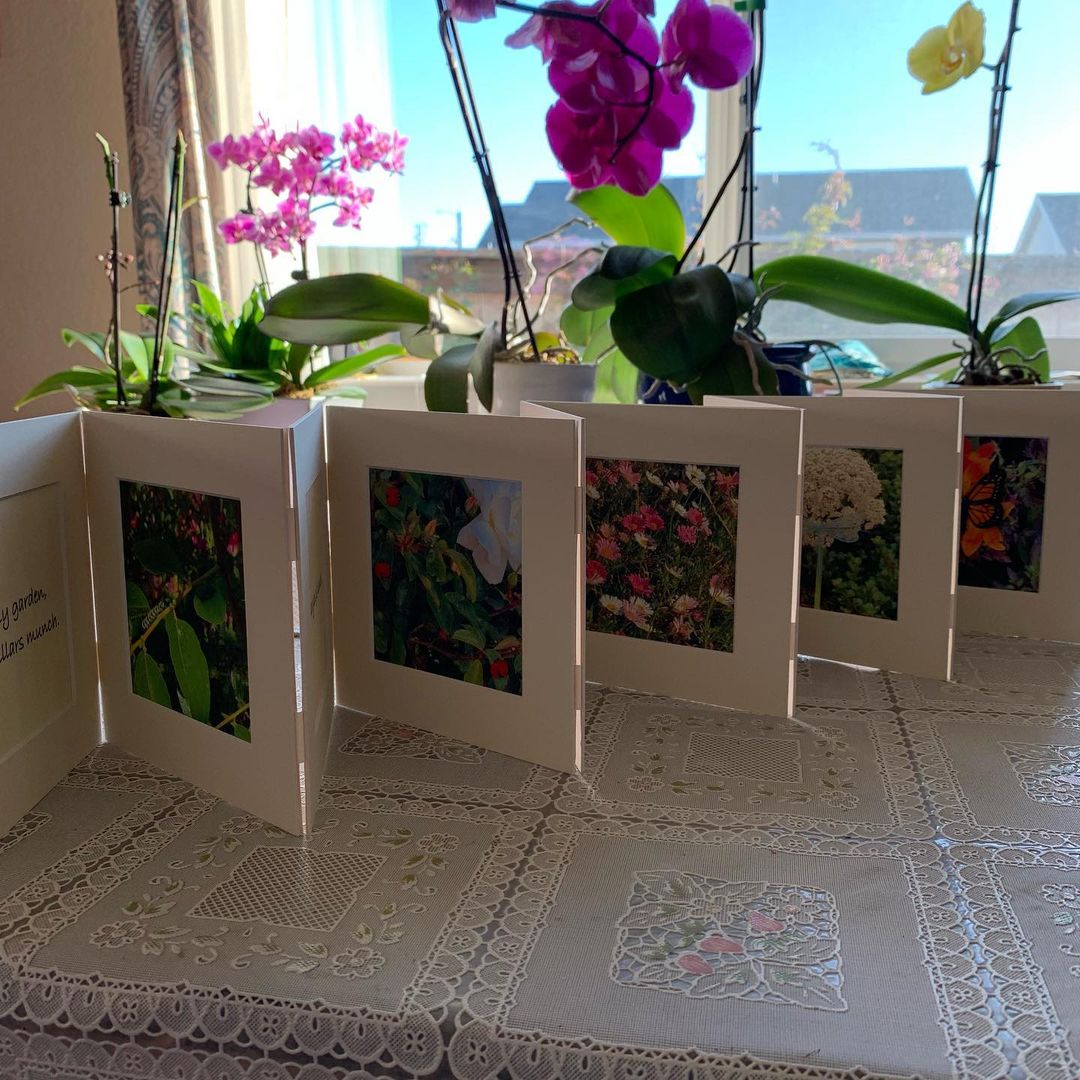
Where can interested needleworkers discover more of your work and upcoming projects and events? (website link, social media link, etc)
You can find me on Instagram at @celestechalasani and on my website at www.celestechalasani.com.
